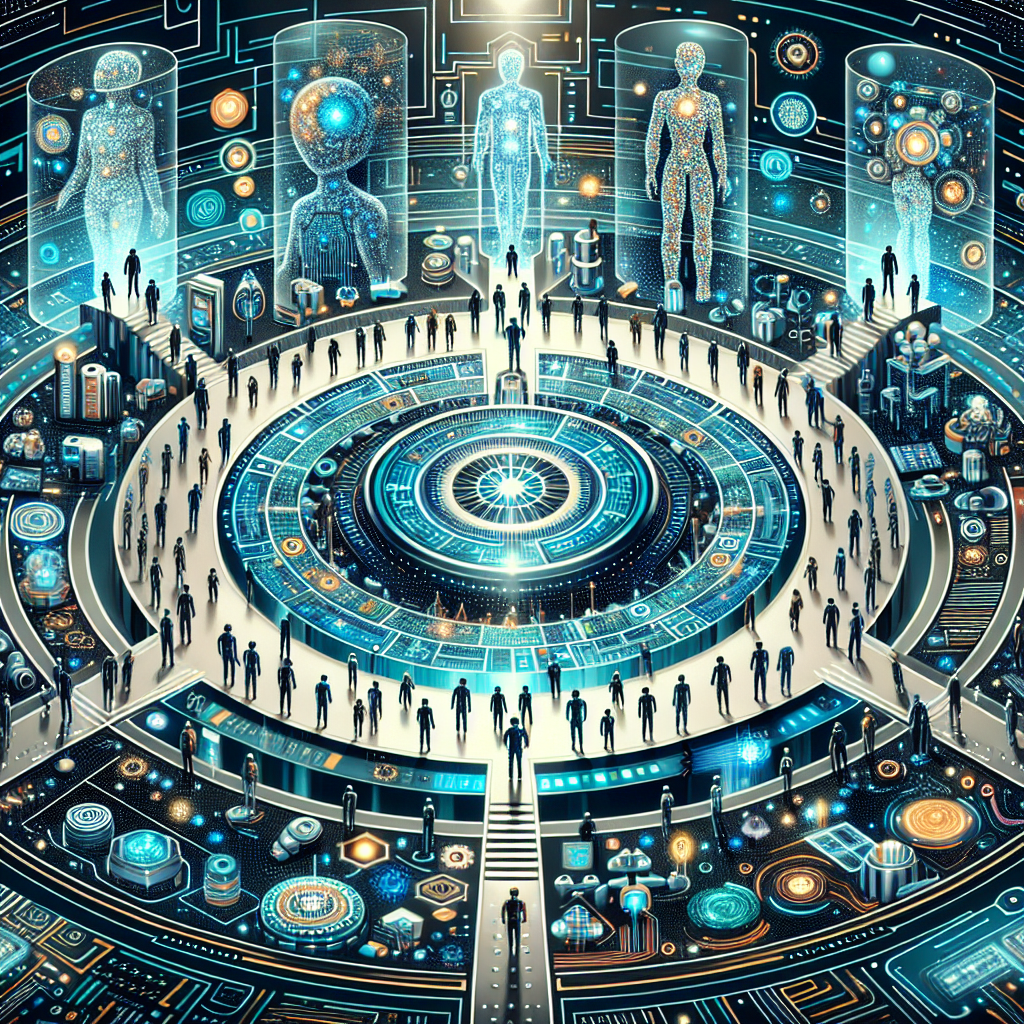Historic Conclave: Choosing the Next Pope in a Globalized Church
A historic conclave opened in the Vatican to elect the new pope, marking the most geographically diverse gathering in the Church's history. Reformist influences and lobbying challenge the cardinals as they deliberate on a successor to Pope Francis. Critical issues include the Church's stance on women, LGBTQ+ rights, and clergy sex abuse.

On Wednesday, the historic and secretive conclave to elect the next pope began in the Vatican's Sistine Chapel. At the core of this gathering of 133 cardinals, the most geographically diverse in history, is the significant task of choosing a successor to Pope Francis.
The cardinals, representing 70 countries, were immersed in a series of traditional rituals imbued with centuries-old solemnity. They are isolated from the outside world, surrendering cellphones and enduring communication blocks around the Vatican until a new leader emerges.
This conclave is shadowed by numerous challenges, from debates over LGBTQ+ rights and clergy sexual abuse to the influence of modern lobbying that attempts to sway the cardinals' decision in Rome. As the world watches, the cardinals deliberate under the iconic frescoes of Michelangelo.
(With inputs from agencies.)
- READ MORE ON:
- conclave
- election
- pope
- Catholic Church
- cardinals
- Vatican
- Pope Francis
- Sistine Chapel
- secrecy
- lobbying
ALSO READ
Cardinals Conclave: Choosing the Next Leader of a Global Church
Behind the Vatican Walls: The Secret Conclave to Elect a New Pope
Cardinals process into St. Peter's Basilica for a final Mass before conclave to elect the next pope, reports AP.
Divine Decision: Cardinals Converge to Elect New Pope
Historic Conclave: Choosing a Successor to Pope Francis










